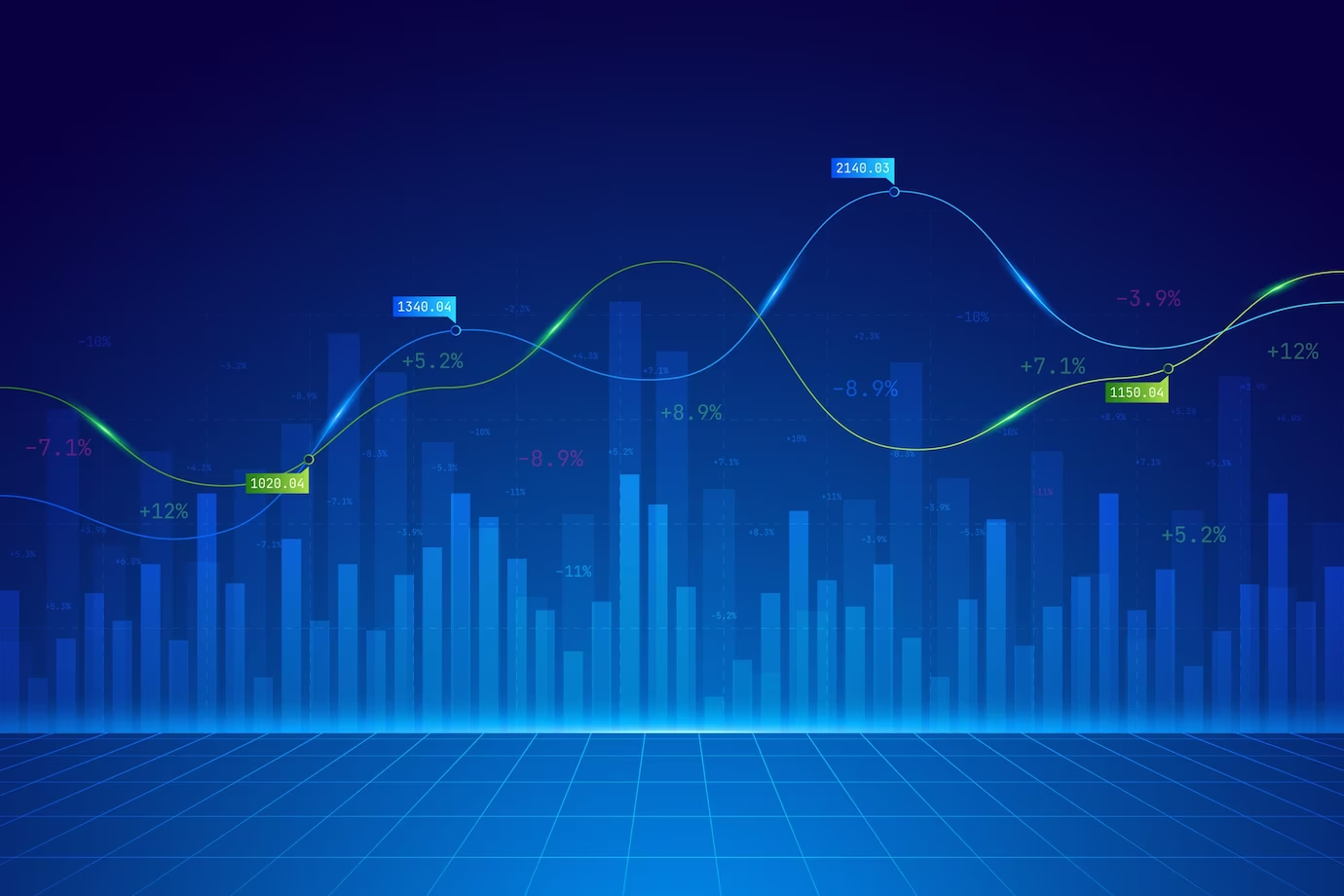In the multifaceted world of financial markets, trading instruments are the quintessential tools that allow investors to take positions, hedge risks, and strive for profits. From the rapid-fire environment of forex trading instruments to the more measured pace of commodities trading, each instrument has its own allure and set of challenges. Within this article, we’ll navigate through the bustling realm of trading instruments, shedding light on the most prevalent and potent among them.
Diving into Forex Trading Instruments
Forex trading instruments are primarily composed of currency pairs, which are the mainstay of the forex market. These pairs can be major, minor, or exotic, depending on the economies they represent.
- Major Pairs: These include currency pairs like EUR/USD and USD/JPY, which are most traded and boast high liquidity.
- Minor Pairs: Less traded pairs that do not include the USD, such as EUR/GBP.
- Exotic Pairs: Pairs that include one major currency and one from a smaller or emerging economy, like USD/SGD.
Online currency trading is a 24-hour market, offering continuous opportunity for traders around the globe. The forex market is favored for its liquidity and accessibility, yet it can be a double-edged sword with its equally high volatility.
The World of Commodities Trading
Commodities trading is an ancient practice that today is carried out on a global scale. It encompasses:
- Hard Commodities: These are natural resources that must be mined or extracted, such as gold, oil, and natural gas.
- Soft Commodities: Agricultural products like coffee, cotton, and sugar fall into this category.
Commodities are fundamental for everyday life, which makes their markets critical and their trading a strategic move for many investors.
The Rise of CFD Cryptos
The advent of cryptocurrencies has introduced a new trading instrument: CFD cryptos. Trading cryptocurrencies as CFDs allows for speculation on the price movements of digital assets like Bitcoin and Ethereum without the need for ownership of the underlying coins. The CFD Crypto trading market is noted for its extreme volatility, which can result in substantial gains or losses.
Navigating Indices Trading
Indices trading involves trading on a group of stocks that represent a market or a sector of the market. Some of the most well-known indices include the S&P 500, NASDAQ, and the Dow Jones Industrial Average. Indices provide a broad market exposure, which can be a more stable trading instrument relative to individual stocks.
How to Trade the Top Instruments
- Choose Your Instrument: Begin by selecting an instrument that aligns with your market understanding, risk tolerance, and investment goals.
- Education: Learn the fundamentals of the chosen instrument, including the factors that affect its price movements.
- Broker Selection: Pick a broker that offers the trading platform and tools suitable for your chosen instrument.
- Practice: Use a demo account to practice trading without financial risk.
- Develop a Strategy: Create a strategy based on technical and fundamental analysis.
- Risk Management: Apply risk management techniques, such as stop-loss orders, to protect your investment.
- Go Live: Start trading live with a clear understanding of the market conditions and your strategy.
The Pros and Cons
Each trading instrument comes with its own set of advantages and risks:
- Forex Instruments: Offer high liquidity and a 24-hour market but can be significantly affected by geopolitical events and economic data releases.
- Commodities: Can serve as a hedge against inflation and offer diversification but are susceptible to changes in supply and demand dynamics.
- CFD Cryptos: Provide opportunities for high returns but are highly speculative and subject to regulatory changes.
- Indices: Offer a snapshot of the market and are less volatile than individual stocks but can still be impacted by economic downturns.
Conclusion
The top trading instruments offer a window into the vast and varied landscape of financial markets. Each instrument, whether it be the forex trading instruments that represent the world’s currencies, the tangible goods of commodities trading, the cutting-edge realm of cfd cryptos, or the broad sweep of indices trading, presents unique opportunities for profit as well as potential risks. An informed trader is one who understands not just the mechanisms of these instruments but also the global forces that drive their fluctuations. With careful consideration and strategic planning, these instruments can serve as the building blocks of a diversified and potentially rewarding trading portfolio.




